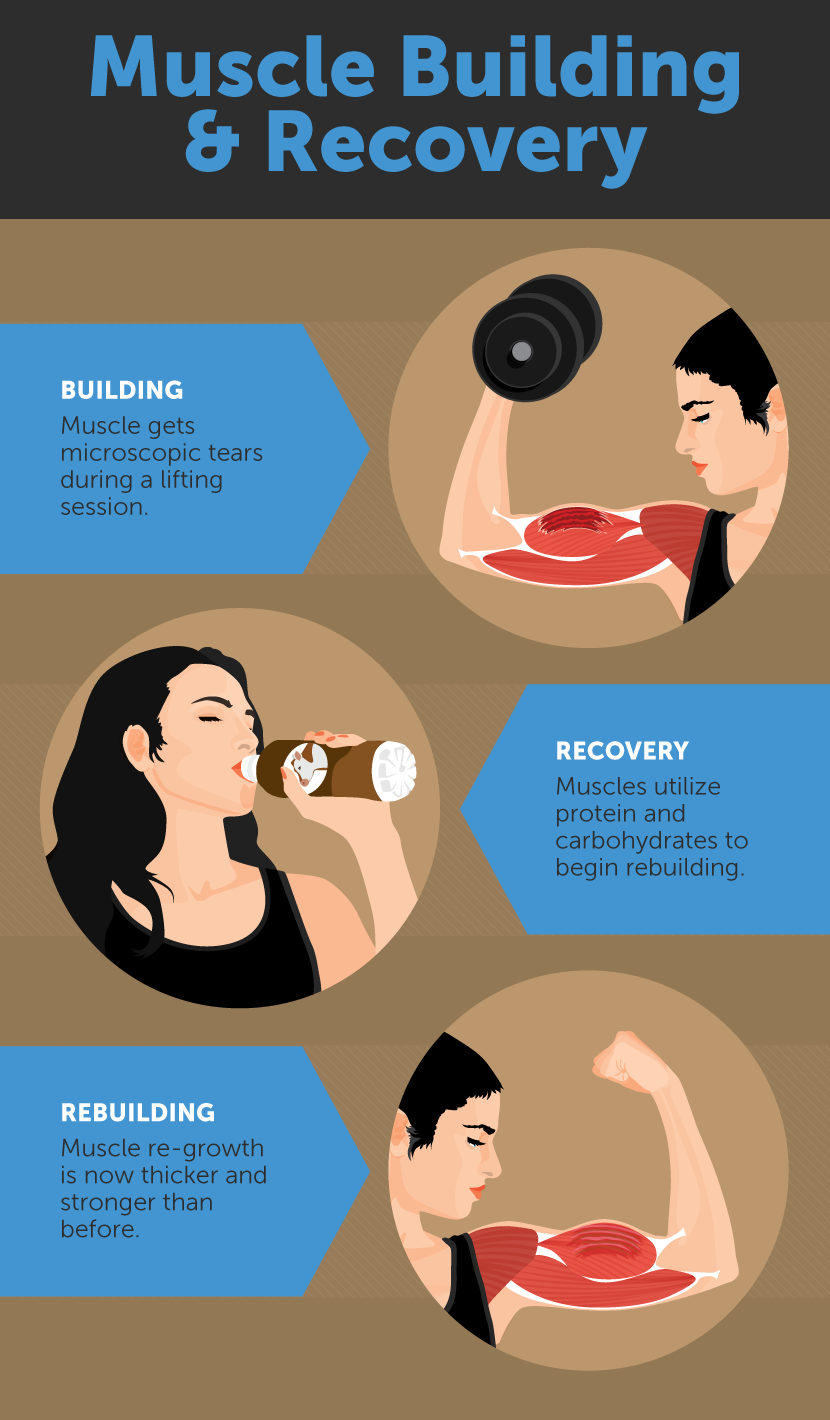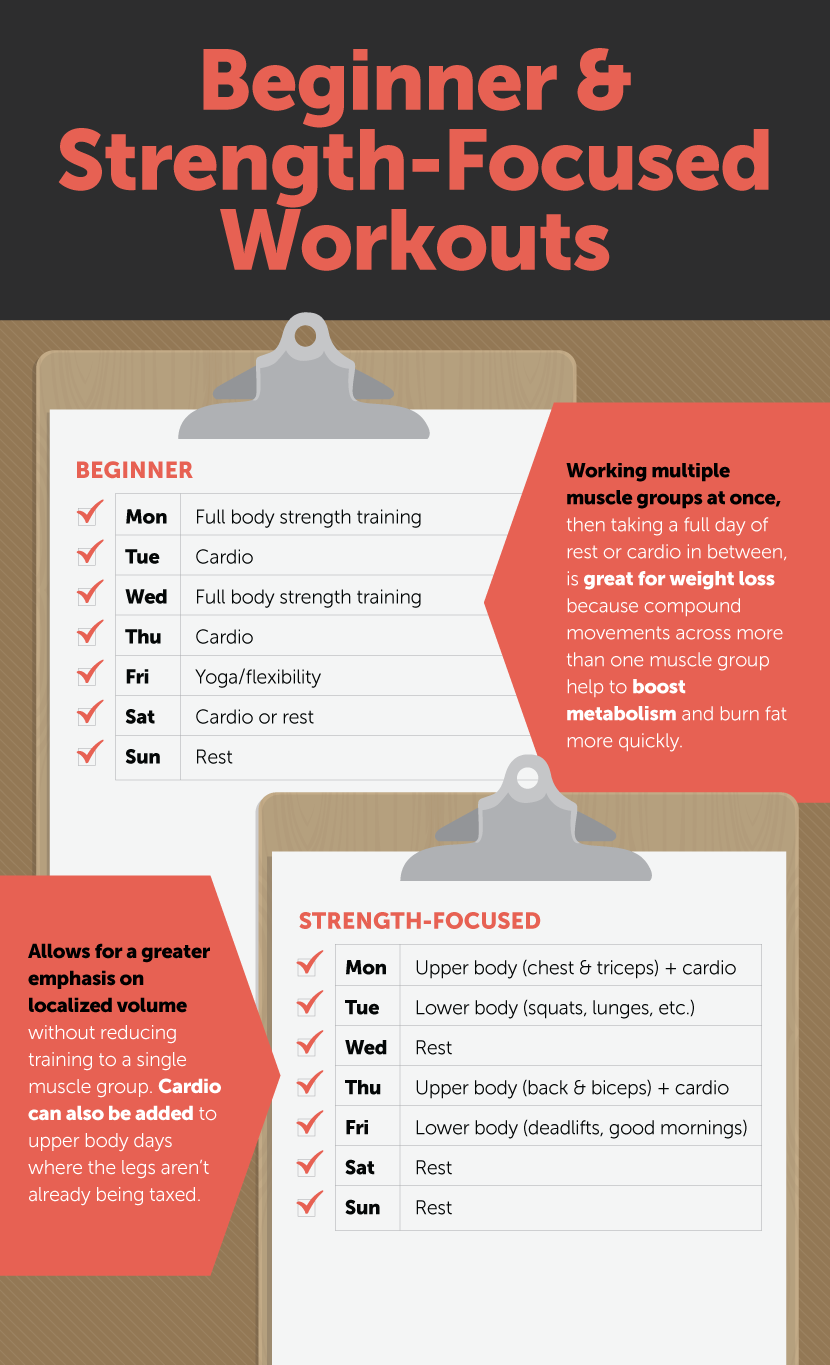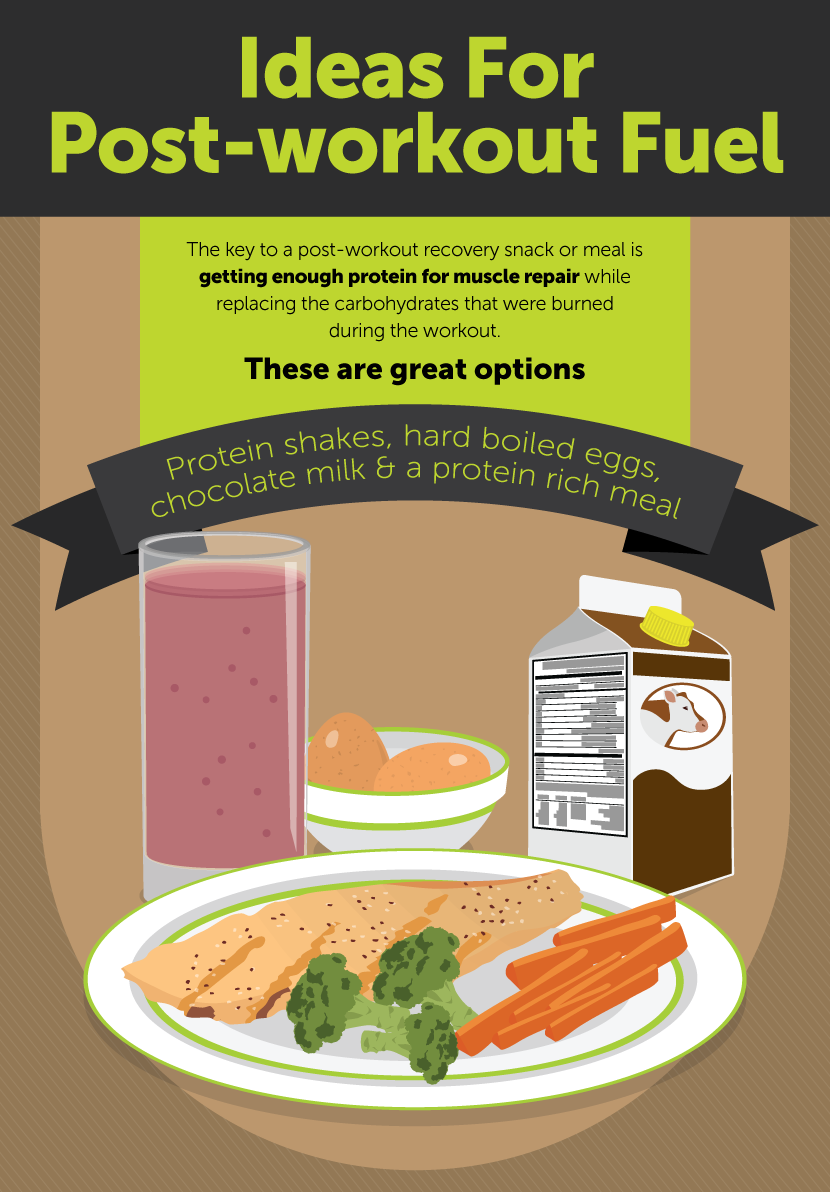Finding the Right Total Body Workout Schedule
Working on all of your body is imperative to overall fitness. Unless you’re hitting all your major muscle groups, you aren’t
being effective or efficient with your fitness. Regardless of whether your goal is gaining strength, losing weight, or purely
aesthetic, you’re going to want to get a total body workout throughout the week. So, what are the best total body routines for
your goals, and how should you balance strength training and cardio throughout the week?
One of the most important things to think about when it comes to a full body workout schedule is balancing lifting with
recovery, particularly if you’re attempting high-volume strength training.

When you strength train, whether it’s using a barbell, your body weight, free weights, or a suspension system like TRX,
your muscles take a beating. As you strength train, your muscles get microscopic tears in them. Your body’s process of
repairing these tears is what helps build your muscles and strength over time.
This also means, however, that if you train the same muscle group every single day, your body doesn’t have time to repair
the tears. Instead of getting stronger, your muscles will be in a constant state of fatigue.
Split training is particularly popular among those who do a great deal of strength training for this very reason. By
focusing on different body parts on different days of the week, a person is able to strength train most days without a full
recovery day, while still giving muscles the time they need to recover individually.
This is just one option out of many, however. Let’s take a look at different total body workout schedules for different
types of fitness goals.
The Beginner Joe or Jane
More often than specialized training, people are just looking to build strength overall. For these people, working multiple
muscle groups at once, then taking a full day of rest or cardio in between, can be a great option. This is especially true if
one’s goal includes weight loss, because compound movements across more than one muscle group help to boost metabolism and burn
fat more quickly. High intensity interval training, which is one of the most effective ways to build muscle and burn fat, also
generally utilizes multiple muscle groups and would fall into this category. Full body strength training is generally better
for athletes, as it more closely resembles what they will be doing in their particular sport.

Example:
- Monday: Full body strength training
- Tuesday: Cardio
- Wednesday: Full body strength training
- Thursday: Cardio
- Friday: Yoga/flexibility
- Saturday: Cardio or rest
- Sunday: Rest
The Strength-Focused Joe or Jane
Another great way to increase strength for the average Joe or Jane is to progress from full body strength training like
the schedule listed above to either an upper/lower training split or a push/pull training split. This allows for a greater
emphasis on localized volume without reducing training to a single muscle group. Cardio can also be added to upper body days
where the legs aren’t already being taxed.
Example:
- Monday: Upper body (chest and triceps) + cardio
- Lower body (squat pattern – squats, lunges, etc.)
- Wednesday: Rest
- Thursday: Upper body (back and biceps) + cardio
- Friday: Lower body (hinge pattern – deadlifts, good mornings, etc.)
- Saturday/Sunday: Rest
Yet another way to utilize split training is to combine push/pull patterns into a single day to focus on opposing muscle
groups. This allows more of a volume focus like bodybuilding, while utilizing more than one muscle group to help boost
metabolism. One example is combining the push movement of the bench press into the same day as the opposing pull movement of
rows.
Example:
- Monday: Chest and back (bench press and rows)
- Tuesday: Legs (squats and deadlifts)
- Wednesday: Biceps, triceps, shoulders (bicep curls, tricep extensions, overhead press) + cardio
- Thursday: Abs
- Friday: Legs (squats and deadlifts)
- Saturday/Sunday: Off or cardio
The Bodybuilder Looking to Grow Muscle Mass
Unlike the average fitness enthusiast who may be looking for general strength and weight loss, bodybuilders are out to
achieve a particular aesthetic. This means that the goal is for muscles to get big and round while body fat is reduced for a
chiseled look. For this reason, bodybuilders often rely on body part split training. These splits focus on localized volume
over five to six workouts per week. Typically, training is split into a bulking phase where the focus is on lifting, and a
cutting phase where the focus is on losing fat. Because of this, cardio is often not a part of the split training schedule.
Example:
- Monday: Chest
- Tuesday: Back
- Wednesday: Wednesday: Shoulders
- Thursday: Legs
- Friday: Abs/Arms
- Saturday/Sunday: Rest
The Powerlifter Focused on Specific Lifts
On perhaps the opposite end of the spectrum from bodybuilders are powerlifters. Rather than looking to achieve a
particular aesthetic, these individuals are looking to improve on very specific lifts. Even beyond that, they’re looking to
lift as much as possible on these lifts for a single repetition. This means they need to gain power.
Powerlifting includes three traditional lifts: back squat, bench press, and deadlift. Because of this focus, these three
lifts are at the crux of the powerlifting routine, along with accessory movements that are necessary for increasing power.
Each day focuses on the muscles necessary for a particular lift, the opposing muscle groups for balance, or addressing
specific weaknesses.
Example:
- Monday: Bench press, shoulders, and triceps
- Tuesday: Squats, split squats, and lunges
- Wednesday: Pull ups, rows, and core work
- Thursday: Deadlifts, good mornings, hamstring curls
- Friday: Accessory work for weaknesses and core work
- Saturday/Sunday: Rest
On each of these days, the power work is at the beginning of the workout. The main lift of the day progresses from warmup
weight at several reps to high weight at 3-5 reps (or max weight for a single rep on occasion). The remainder of the workout
is spent taxing the accessory muscles that are used in the lifts to help with stability and endurance.
The accessory day is utilized for additional training related to the weakest lift. While these lifts may rotate week to
week, the important thing is to allow the muscles ample time for repair.
Tips for Recovery
At the heart of all these routines is the recovery period. Whether that means a full day of rest or changing the focus to
a different muscle group, muscles are built during recovery. There are some important things to know to help speed up
recovery and make it more efficient.
- Eat within an hour of your workout – This is the time period during which your muscles can absorb and utilize the protein you eat. Your body’s ability to use protein for muscle recovery diminishes the more time goes by from your workout to when you eat.
- Drink plenty of water – Your muscles need to be adequately hydrated for repair. This means not only drinking plenty of water, but also avoiding things like caffeine and alcohol soon after a workout.
- Get a good night’s rest – One of the best times for muscle recovery is during the night while you’re asleep. Give your body the best chance at effective recovery by making sure you’re getting enough sleep on a regular basis.

Whether you’re just looking to incorporate strength training for the very first time or you’re a seasoned lifter looking
to progress to more specialized training, the key to any successful total body workout schedule is in the recovery.
Happy lifting!
Embed the article on your site

